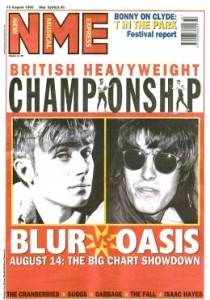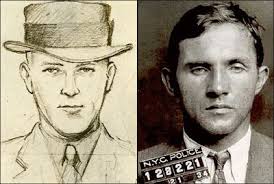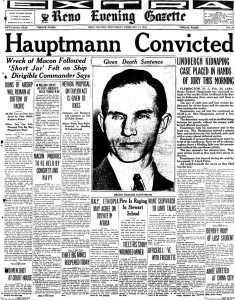 A few days ago I watched the Frontline documentary ‘Chasing Heroin’. It was trending on my timeline, having been shared thousands of times and described as a searing film about an epidemic. That epidemic? Heroin.
A few days ago I watched the Frontline documentary ‘Chasing Heroin’. It was trending on my timeline, having been shared thousands of times and described as a searing film about an epidemic. That epidemic? Heroin.
It’s a well-made film, typical of Frontlines with a strong journalistic edge. It is in fact searing and worth the recognition. Scroll down past the praise and there is a string of commentary that arose– would there be the same reaction if this was a minority community?
Twitter user @TheRealJStan says ‘ Frustrating that the de-escalation of the War on Drugs has only come about due to the face of addiction becoming more white. @TacumaRoe remarks that it’s only when the heroin epidemic hits certain communities that ‘police go from being enforcers to social workers.’

This isn’t a mute point; the documentary itself addresses this issue.
Eric Holder, a former judge in Washington D.C and current Attorney General, talks about his change of heart regarding Drug Policy. Holder references the mandatory minimum sentences he was forced to enact because of the drug war – a practice he describes as problematic. In Holder’s opinion, drug courts are more effective, and a non-violent petty drug user doesn’t constitute 5-10yr sentences.
Again, the crack epidemic of the 1990s is referenced. Frontlines points out that in the predominately white city of Seattle, the majority arrested were blacks (1:19:45) It wasn’t until a public defender, Lisa Daugaard, brought the disparities to light, that people began to take notice. Naturally, she was met with a great amount of backlash.
This is unfortunate, but it’s nothing new.
Just like in the Jim crow south politics are entangled with racism, this parallel is discussed in Michelle Alexander’s ‘The New Jim Crow’.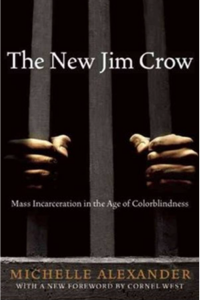
Alexander argues that racism adapts and manipulates the system in favor of a racial hierarchy, ultimately reinventing a system that oppresses blacks.
The war on drugs directly targeted low income African Americans and as Alexander points out, it’s ‘regrettable but predictable’ (pg.21, The rebirth of caste)
The United States’ political system was never intended to protect black people. It was made to protect whites and their interests. Pre-Reagan’s War on Drugs, there was this idea that blacks lacked work ethic. This lead to legislators in the South adopting ‘black codes’.
“ We have the power to pass stringent police laws to govern the Negroes – this is a blessing – for they must be controlled in some way or white people cannot live among them. “
The codes were meant to keep blacks in place and oppressed. Fast forward a few decades, and history is repeating itself.
As the civil rights movement began to gain traction, it caused concern within the white communities. The fear of African American mobility was just as prevalent, if not slight when Reagan ran for president.
“ It is during this period of uncertainty that the backlash intensifies and a new form of racialized social control begins to take hold”
With Reagan in office, it turned from a war on poverty (which was inclusive of whites) to a war on drugs (which specifically targeted blacks). Although only 2% of the American population thought of drugs as a major issue, it didn’t deter Reagan from taking a militarized approach to drugs, specifically crack cocaine.

Via blueskytreatment.com
“By waging a war on drug users and dealers, Reagan made good on his promise to crack down on the racially defined “others”.This is just another example of how the system used blacks to protect the whites and their issues.
The amount of money given to the drug war programs went from 8 to 95 million. In contrast, programs that supported treatment and education saw a slash in budget.
Crack users, abusers, and dealers where being taken of the street in droves and sent to jail. Meanwhile, the neighborhoods where still experiencing an economic collapse. There was a lack of jobs, lack of education, and lack of funding to address these issues. Money instead was being poured into the tough on crime, drug war.
Even though crack was referred to as an epidemic in the 1990s, there was no push for treatment
Incarceration was the answer.
There wasn’t a political push from white house staff to offer help instead of jail. It took politician’s children dying and overdosing to realize, drugs isn’t just a ‘black issue’. Similar to how the civil rights movement became a ‘poor people’s movement’, the issue of drug use and abuse had to become an issue inclusive of whites to see systematic change.
The war on drugs didn’t stop with Reagan, it continued with George Bush Sr. and Clinton, who saw the power the fearful white vote holds. Crack heads commit crime and to be soft on crime can’t be tolerated.
Now back to Heroin,
Now that heroin has become a ‘white issue’, seeping into to suburbs and the home of the powerful, it’s an epidemic, one that requires a light, corrective touch – a stark contrast to the War on drugs that used harsh punishment and mandatory minimums, birthing the New Jim Crow.
-J.
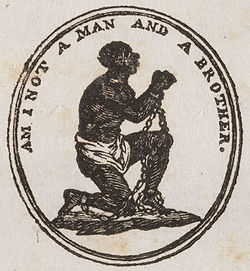 The main goal of the abolitionist movement was to achieve immediate emancipation of all slaves and end racial discrimination and segregation. It didn’t become as intense until 1830. In the decade before that, religious movements arose, stressing the moral imperative to end sinful practices, like slavery.
The main goal of the abolitionist movement was to achieve immediate emancipation of all slaves and end racial discrimination and segregation. It didn’t become as intense until 1830. In the decade before that, religious movements arose, stressing the moral imperative to end sinful practices, like slavery.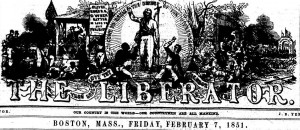 Violent mobs became extremely dangerous, especially for those who were writing about banishing slavery, like Garrison and Elijah Lovejoy. After Lovejoy was killed by a violent mob, people became to fear speaking up against slavery.
Violent mobs became extremely dangerous, especially for those who were writing about banishing slavery, like Garrison and Elijah Lovejoy. After Lovejoy was killed by a violent mob, people became to fear speaking up against slavery.








